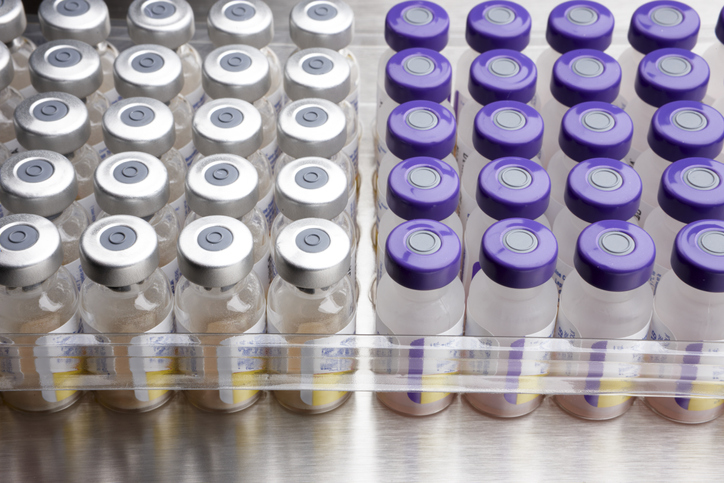By Gail Dutton
Currently, biological therapies and vaccines can only be developed and delivered in areas with a reliable cold chain or, in certain cases, with bespoke solutions. Soon, however, a generally applicable, solid-state biologics (SSB) platform might make it possible to eliminate or vastly reduce the need for temperature-controlled storage and shipping for complex biologics.
The solid-state storage platform for complex biologics developed by Javin Oza, PhD, and colleagues at California Polytechnic State University could, in the near future, allow biologics manufacturers “to reduce their dependency on the cold-chain (as they) transport biological materials for R&D, diagnostics, and biomanufacturing of therapeutics,” Oza tells GEN.
For example, solid-state biological reagents could be formed into a pill or tablet coated with a polymer to protect it from environmental factors and packaged into a blister-pack for on-demand use.
“The user would remove the pill from the packaging, add water or buffer, and initiate the biochemical reaction,” Oza says. “The entire process, from manufacturing to shipping, storage, and utilization would obviate the need for refrigeration.”
He says this method eventually could be extended to biological therapeutics, thus “improving the access to treatments in underserved communities.”
New methodologies
The SSB is based on a series of new methods involving processing, reagent formulation, and on-demand gene expression that make it possible to fabricate biologics into pellets, beads, or other solid states. Key steps included scaling-up cell-free protein synthesis (CFPS) reaction volumes, increasing their surface-to-area ratio, and optimizing their lyophilization; evaluating excipients’ protective capabilities during processing; and improving the ability of SSB materials to be resuspended in water and deposited on paper microfluidic devices.
Using Escherichia coli cell extracts, the team manufactured proteins on demand at milliliter scale. Those proteins showed biochemical activity downstream where they were used with CRISPR-Cas. The research also showed they could be deployed in multiple formats, including pills, tablets, and paper-based devices.
Before the SSB is commercialized, “We need to evaluate the shelf life in real-world conditions,” says Oza, adding that prior work suggests solid-stage biologics could be stable for weeks at room temperature. “As with food, we anticipate actual shelf life will vary from one biological material to another.”
Additives, coatings, and packaging also may help extend shelf life. Additional developments are also needed to improve drug stability and GI tract absorption.
“The tech transfer process can support such assessments,” Oza says. “We are looking forward to engaging commercial partners to discuss specific details of such a path forward.”


